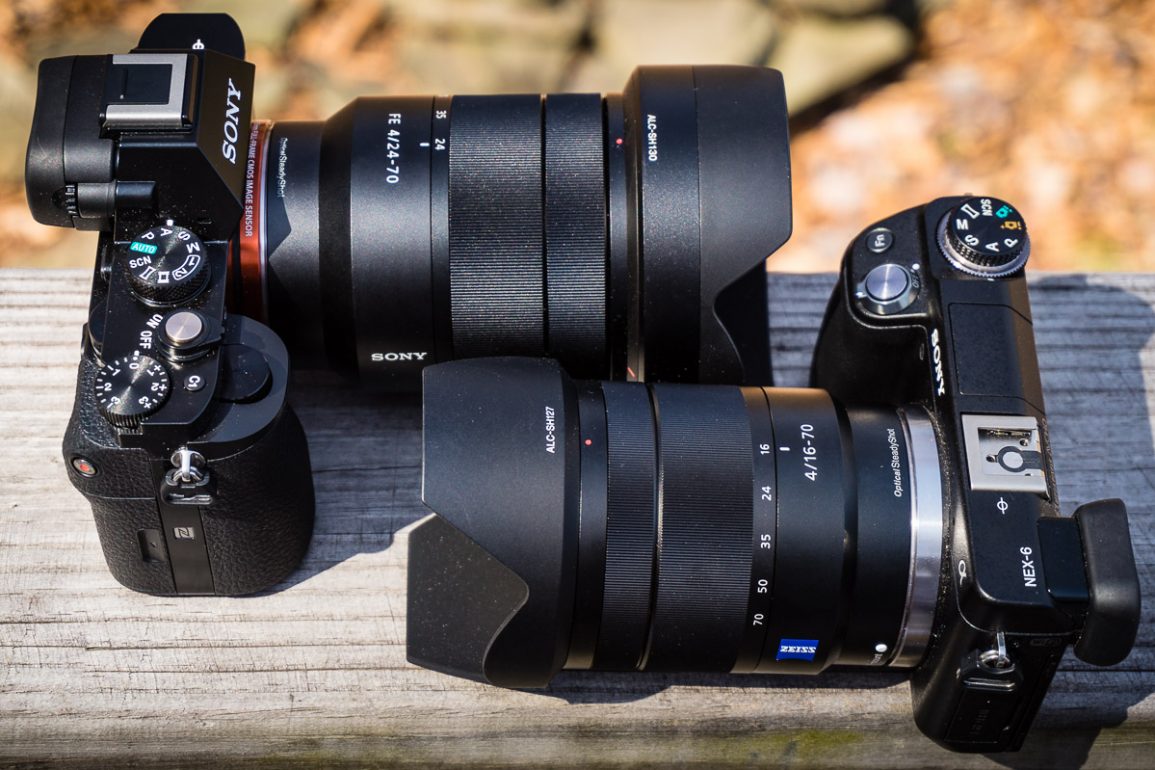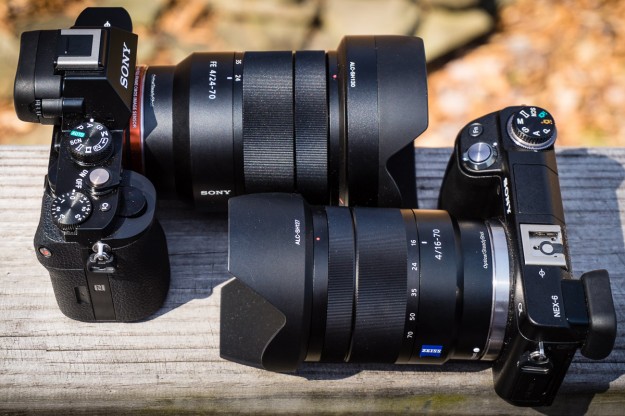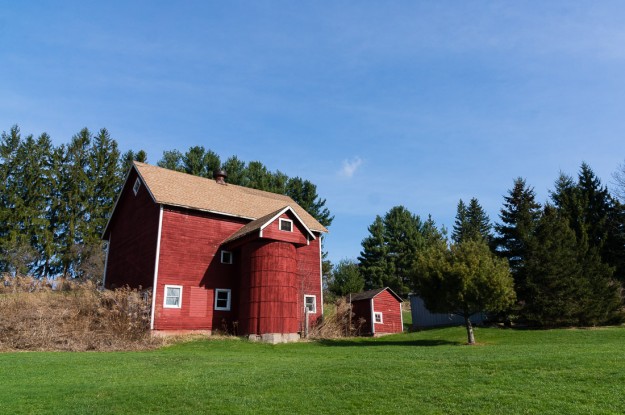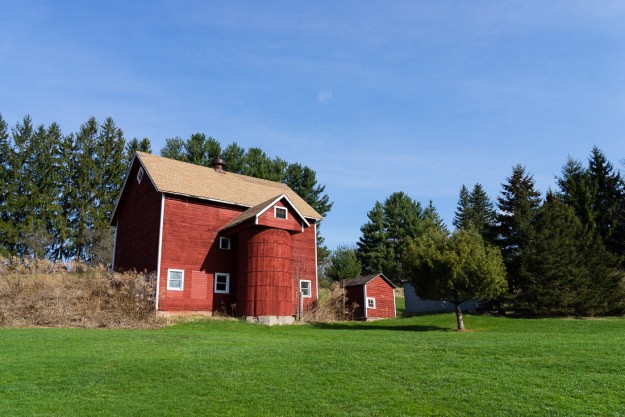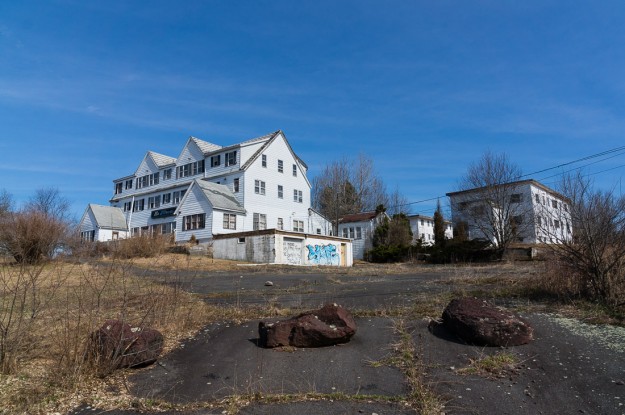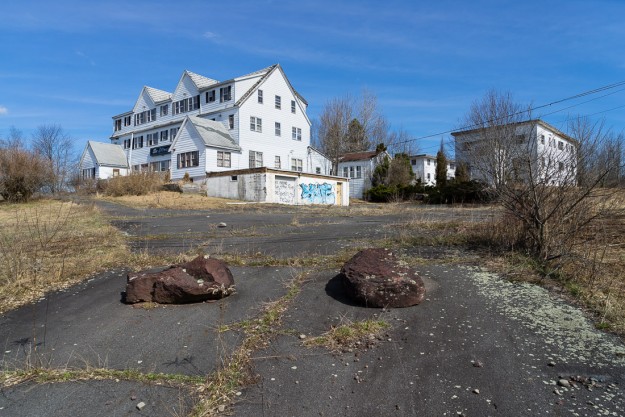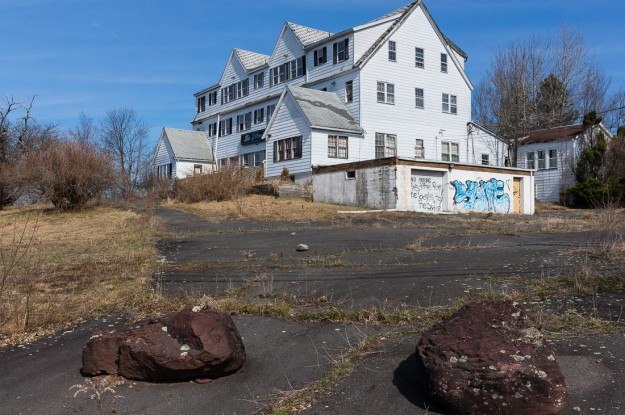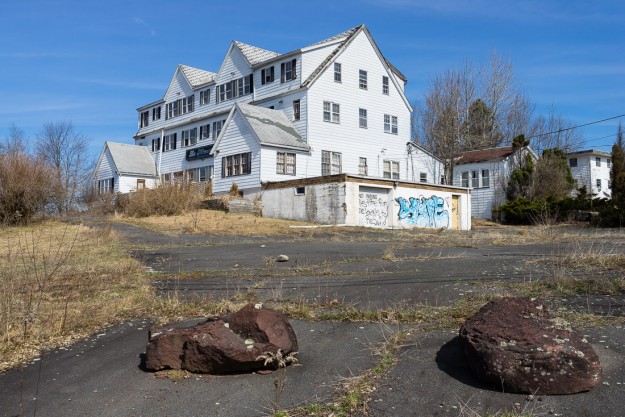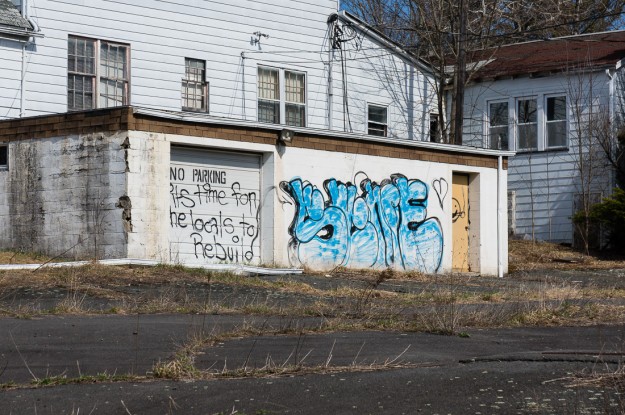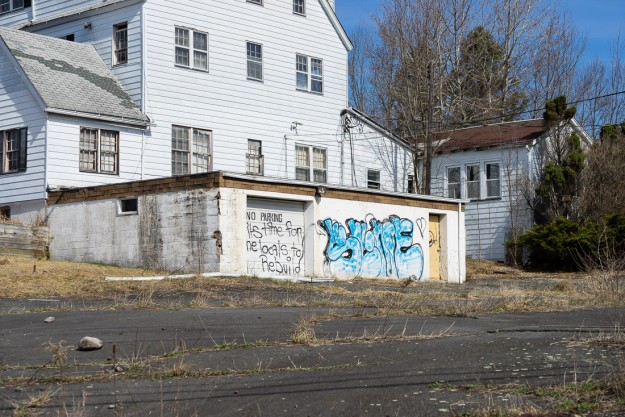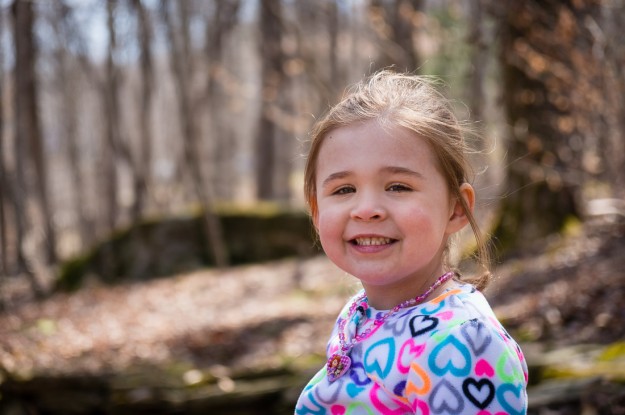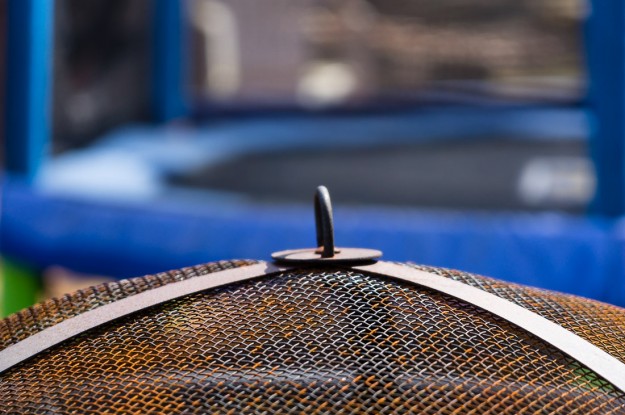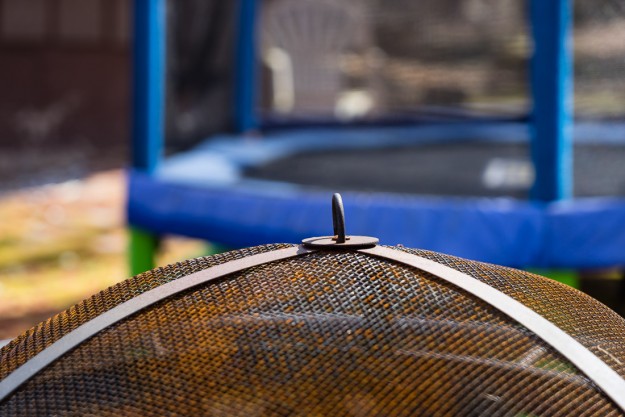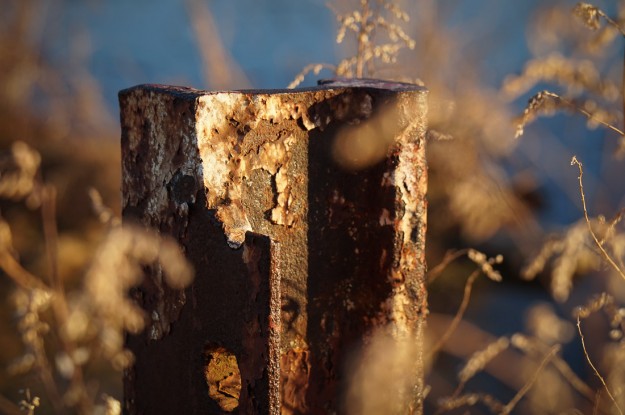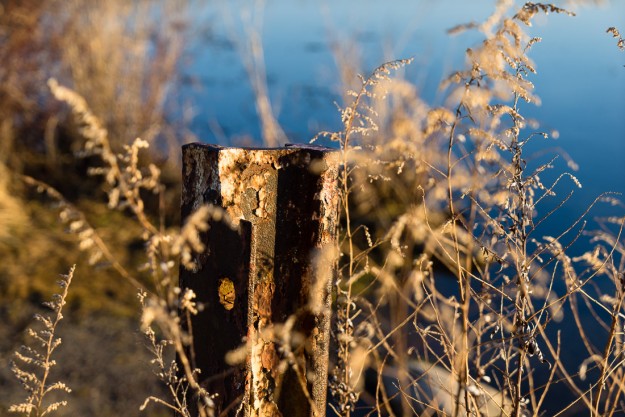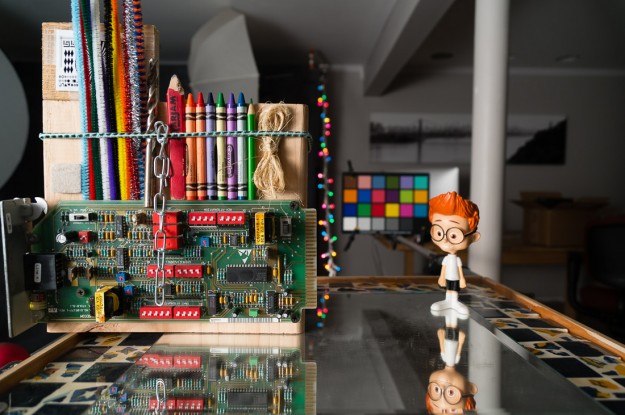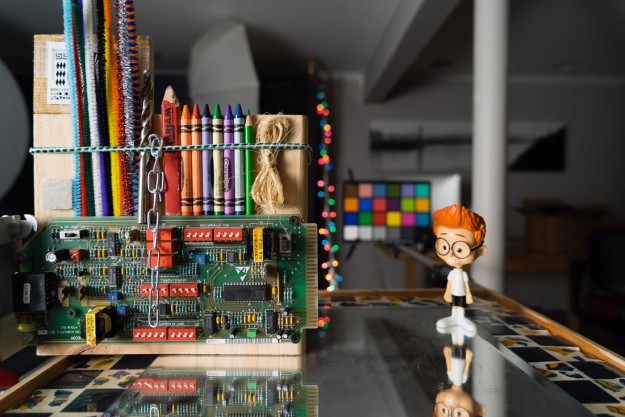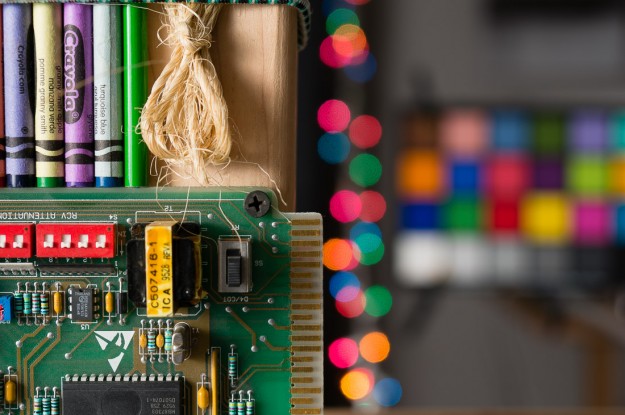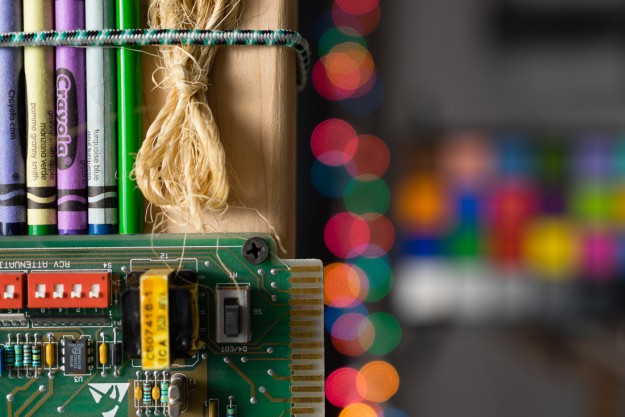So yesterday I took a few snapshots using both the Sony Nex-6 with the 16-70mm f/4 OSS Zeiss lens (sel1670z) and the Sony Alpha A7r with the 24-70mm f/4 OSS Zeiss lens (sel2470Z). I thought this would be a great opportunity to show you how the cameras perform with basically the same glass but obviously different sized format sensors. I know many of you are on the fence about the quality of full frame vs the smaller APS-C and is it worth upgrading etc..
I’ve said in the past that the full frame has a more 3D look to it and also the larger format captures much more of the scene with the same focal length. This is where the zoom crop factor comes in on the APS-C sized cameras and you need to multiply the focal length by it to get the actual effective focal length. Full tutorial article explaining Crop Factor (Click Here)
So in other words, the 16-70mm lens on my Nex-6 is effectively multiplied by 1.5x due to the smaller aps-c sensor size. Therefore the effective focal length equivalent is actually 16-70mm X 1.5x which = 24-105mm! Now that is a perfect effective focal length in my opinion and you may also recall its my favorite full frame EF Canon lens that I like to use with the Metabones II lens Adapter (Click Here)
So moving on to some real world photography, let’s take a look at what 16mm on the Nex-6 vs 24mm on the Alpha A7r looks like shall we? I also have Lab photos to show you guys, but those will be used in the full review of each lens as the evaluating, naming, and cropping of all the pics takes time. Real world photography is more important and what really matters in the end anyway in my opinion.
Full Frame VS APS-C Via Zeiss F/4 OSS Zooms
First, take a look at the gear below and be sure to click the photos for the larger ~1200 px version if you want to see more details and full sharpness.
Red Barn
I had to bring my best buddy Chubs to the vet for his shots yesterday, and from the parking lot this brilliant red barn was being lit by the sun perfectly in the morning light. I grabbed a few snaps with each camera and lens combo, so let’s see if there is a noticeable difference in “look” and/or quality of the photos shall we? I was shooting raw quality just so you are aware, and I used a new preset I’ve been working on for Lightroom 5 to enhance the files equally. Basically the preset applies the lens profile corrections, a medium tone curve adjustment, some clarity, some vibrancy, and a little sharpening. I then fine tuned the exposure and WB ever so slightly if needed, but both cameras had good exposure for the most part. The A7r in particular exposes the highlights a little brighter than the Nex-6 I notice mostly.
Sony Nex-6 w/ 16-70mm f/4 OSS Lens @ ~16mm (effectively 24mm)
I actually took this next frame at 26mm on the A7r by mistake as I meant to use 24mm, so I cropped the nex-6 image in a little bit to match the frames up.. It was only a slight crop in lightroom 5 on each image. What is important to note is the overall look of the image. Note the distortion of the barn difference by how vertical the lines look in each image.
Sony A7r w/ 24-70mm f/4 OSS Lens @ ~26mm
La Manette Hotel – No Vacancy
This next scene offered some serious dynamic range to contend with and lots of corner details and space between the foreground and background. I also took a few different focal lengths with each lens this time 😉 I was hand holding the cameras so the scenes are not identical unfortunately. I apologize for that added variable, but I was pressed for time. Lab tests will be the same though.
Sony Nex-6 w/ 16-70mm f/4 OSS Lens @ 16mm (effectively 24mm)
Sony A7r w/ 24-70mm f/4 OSS Lens @ 24mm
Sony Nex-6 w/ 16-70mm f/4 OSS Lens @ 22mm (effectively ~33mm)
Sony A7r w/ 24-70mm f/4 OSS Lens @ 34mm
Sony Nex-6 w/ 16-70mm f/4 OSS Lens @ 70mm (effectively ~105mm)
Sony A7r w/ 24-70mm f/4 OSS Lens @ 34mm
Layla
Layla and I went out back and took a few snapshots 😉
Sony Nex-6 w/ 16-70mm f/4 OSS Lens @ 70mm (effectively ~105mm)
Sony A7r w/ 24-70mm f/4 OSS Lens @ 70mm
She also got a lovely charm necklace she wanted to show off.
Sony Nex-6 w/ 16-70mm f/4 OSS Lens @ 70mm (effectively ~105mm)
Sony A7r w/ 24-70mm f/4 OSS Lens @ 70mm
Random
This is the lid to out little fire-pit and the blue is the trampoline posts and netting in the background.
Sony Nex-6 w/ 16-70mm f/4 OSS Lens @ 70mm (effectively ~105mm)
Sony A7r w/ 24-70mm f/4 OSS Lens @ 70mm
And lastly a snapshot from the other morning Bashakill visit in the morning glow. A similar frame anyway but I was using the A5000 as opposed to the Nex-6 this time for reference.
Sony A5000 w/ 16-70mm f/4 OSS Lens @ 70mm (effectively ~105mm)
Sony A7r w/ 24-70mm f/4 OSS Lens @ 70mm
Lab Photos
For a much more effective visualization I took some lab photos which helps illustrate what the full frame format can do compared to the smaller APS-C sized format. The cameras were the same exact distance from the Lab, but the Nex-6 I raised up a little bit to try and match the A7r a little better. What is important to note here is the crop factor Nex-6 @ 16mm is effectively the same as 24mm. And 47mm on the Nex-6 is effectively the same as 70mm on the A7r. So the lab scene will look the same with both camera and lens combos despite the crop factor, because the lens focal length difference is making up for it. I hope that makes sense?
Sony Nex-6 w/ 16-70mm f/4 OSS Lens @ 16mm (effectively ~24mm)
Sony A7r w/ 24-70mm f/4 OSS Lens @ 24mm
Sony Nex-6 w/ 16-70mm f/4 OSS Lens @ 47mm (effectively ~70mm)
Sony A7r w/ 24-70mm f/4 OSS Lens @ 70mm
Closing Remarks:
I would love to hear your thoughts on the look of each camera and lens combo and if you can see the difference or not. Full frame vs APS-C pretty much head to head in the real world, with the slight zoom advantage going to the 16-70mm lens of course. Otherwise very similar lenses each designed for the respective format e-mount cameras. I can see the difference, but on some of the photos the larger view is required. It’s also worth noting that the addition zoom on the 16-49mm gave the Nex-6 a slight advantage for the Layla and random pics in my opinion based on the separation and composition etc.. It’s hard to compare apples to apples like this in the real world often times. I should had only zoomed to about 50mm to keep the max zoom the same. Sorry about that, but I think the images still do a decent job showing just how good both cameras and lenses perform in the real world under the same conditions 😉
That is about it for now, but please stay tuned for the both E-Mount Zeiss f4 OSS Zoom lens reviews which I will get published momentary 😉 In the meantime, support links for the gear used are below and thanks again for checking in! Comments and questions always welcomed and greatly appreciated.
Jay

